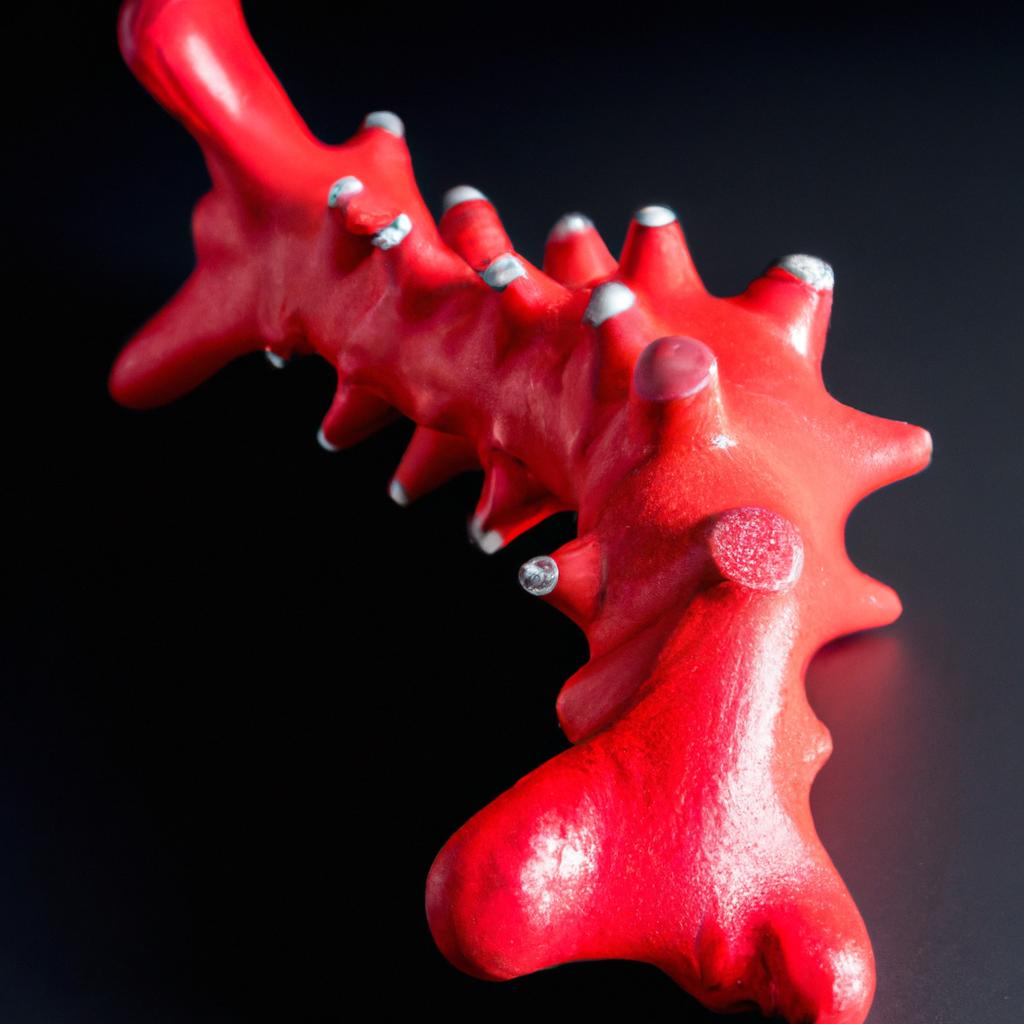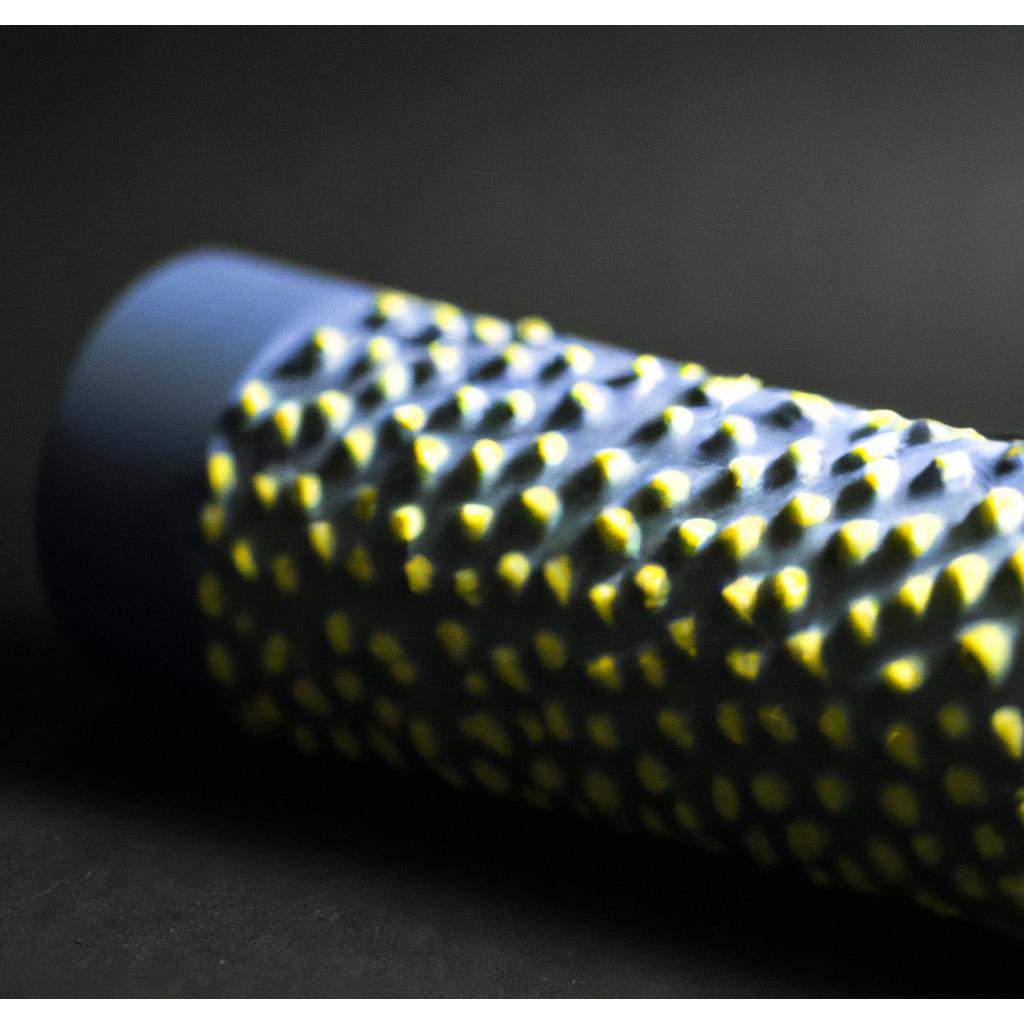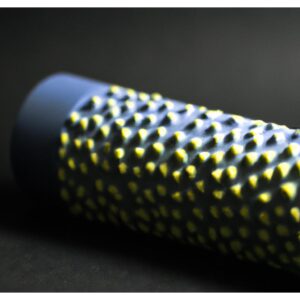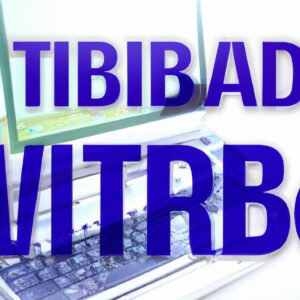**”Exploring the Therapeutic Benefits of Myofascial Release: Techniques and Applications for Pain Management and Muscle Recovery”**
# Exploring the Therapeutic Benefits of Myofascial Release: Techniques and Applications for Pain Management and Muscle Recovery
Myofascial release (MFR) is a hands-on therapy aimed at relieving tension in the fascia, the connective tissue that surrounds muscles, bones, and organs. This technique has gained popularity among therapists, athletes, and individuals seeking alternative methods for pain management and muscle recovery. By understanding the principles behind myofascial release, we can explore its therapeutic benefits, techniques, and applications, along with nutritional and exercise advice to enhance its effectiveness.
## Understanding Myofascial Release
### What is Myofascial Release?
Myofascial release is a manual therapy approach that focuses on releasing restrictions in the fascia. The technique involves applying gentle, sustained pressure to the fascia, allowing it to relax and elongate. This release can alleviate pain, improve mobility, and enhance overall function in the body.
### The Science Behind Myofascial Release
Fascia can become tight and restricted due to various factors such as injury, poor posture, stress, and overuse. When restrictions occur, they can lead to pain and discomfort, often resulting in muscle imbalances and decreased range of motion. Myofascial release aims to restore normal tension and elasticity in the fascia, promoting better blood flow and circulation, which can accelerate healing and recovery.
## Techniques of Myofascial Release
### Hands-On Techniques
Myofascial release is typically performed by a trained therapist, although individuals can also learn basic techniques for self-care. Some common hands-on techniques include:
1. **Direct Myofascial Release:** This involves applying pressure directly to the affected area, allowing the fascia to relax and release tension.
2. **Indirect Myofascial Release:** This technique uses gentle stretching and positioning to facilitate relaxation without direct pressure.
### Self-Myofascial Release
Self-myofascial release can be performed using tools such as foam rollers, massage balls, or even one’s hands. These tools can help individuals target specific muscle groups and fascia layers, providing relief and promoting recovery.
## Nutrition Tips
Nutrition plays a vital role in the effectiveness of myofascial release and overall muscle recovery. Here are some nutrition tips to enhance your results:
1. **Stay Hydrated:** Proper hydration is essential for maintaining the elasticity of fascia and muscle function. Aim for at least 8-10 glasses of water daily.
2. **Incorporate Anti-Inflammatory Foods:** Foods rich in omega-3 fatty acids (such as salmon, walnuts, and flaxseeds) and antioxidants (such as berries, leafy greens, and turmeric) can help reduce inflammation and promote recovery.
3. **Prioritize Protein Intake:** Protein is crucial for muscle repair. Include lean sources of protein, such as chicken, beans, and lentils, in your diet to support recovery post-myofascial release sessions.
## Exercise Advice
Incorporating the right exercises can further enhance the benefits of myofascial release. Here are some exercise recommendations:
1. **Gentle Stretching:** After a myofascial release session, incorporate gentle stretching to maintain flexibility and prevent tightness from returning. Focus on areas that were treated during the session.
2. **Strength Training:** Building strength in the muscles surrounding the fascia can provide additional support and stability. Incorporate bodyweight exercises or resistance training to help develop strength without overloading the fascia.
3. **Low-Impact Cardio:** Activities such as swimming, cycling, or walking can promote blood flow and aid in recovery without excessive strain on the fascia.
## Health Benefits
The health benefits of myofascial release extend beyond mere pain relief. Here are some key advantages:
1. **Pain Management:** Myofascial release can effectively reduce chronic pain conditions, including lower back pain, fibromyalgia, and tension headaches.
2. **Improved Mobility:** By releasing tension in the fascia, individuals often experience improved range of motion and flexibility, making it easier to perform daily activities and engage in physical exercise.
3. **Enhanced Recovery:** Athletes and active individuals can benefit from myofascial release as it helps to reduce muscle soreness and promote quicker recovery after intense workouts.
4. **Stress Reduction:** The gentle, nurturing nature of myofascial release can help alleviate stress and promote relaxation, contributing to overall mental well-being.
## Conclusion
In summary, myofascial release is a powerful therapeutic technique that offers numerous benefits for pain management and muscle recovery. By understanding its techniques, integrating proper nutrition and exercise advice, and recognizing its health benefits, individuals can unlock the full potential of this therapy. Whether you are an athlete seeking to enhance performance or someone managing chronic pain, myofascial release can be a valuable tool in your wellness journey.















Post Comment